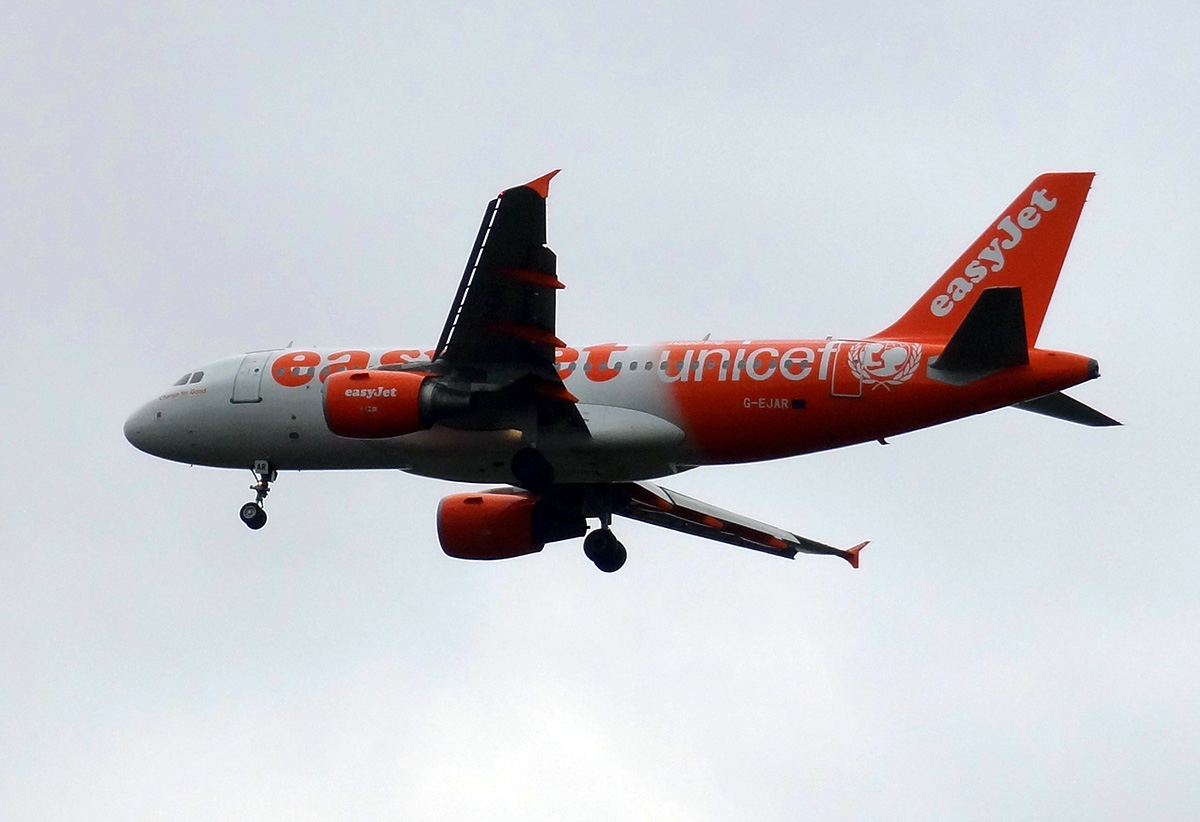 The USA has seen many horizontal mergers in recent years. This has turned industries that were once relatively competitive into oligopolies, resulting in lower output and higher prices for consumers.
The USA has seen many horizontal mergers in recent years. This has turned industries that were once relatively competitive into oligopolies, resulting in lower output and higher prices for consumers.
In Europe, by contrast, many markets are becoming more competitive. The result is that in industries such as mobile phone services, airlines and broadband provision, prices are considerably lower in most European countries than in the USA. As the French economist, Thomas Philippon, states in a Guardian article:
When I landed in Boston in 1999, the United States was the land of free markets. Many goods and services were cheaper than in Europe. Twenty years later, American free markets are becoming a myth.
According to Asher Schechter (see linked article below):
Nearly every American industry has experienced an increase in concentration in the last two decades, to the point where … sectors dominated by two or three firms are not the exception, but the rule.
The result has been an increase in deadweight loss, which, according to research by Bruno Pelligrino, now amounts to some 13.3 per cent of total potential surplus.
Philippon in his research estimates that monopolies and oligopolies “cost the median American household about $300 a month” and  deprive “American workers of about $1.25tn of labour income every year”.
deprive “American workers of about $1.25tn of labour income every year”.
One industry considered by the final two linked articles below is housebuilding. Since the US housing and financial crash of 2007–8 many US housebuilders have gone out of business. This has meant that the surviving companies have greater market power. According to Andrew van Dam in the linked Washington Post article below:
They have since built on that advantage, consolidating until many markets are controlled by just a few builders. Their power has exacerbated the country’s affordable-housing crisis, some economists say.
According to research by Luis Quintero and Jacob Cosman:
… this dwindling competition has cost the country approximately 150 000 additional homes a year – all else being equal. With fewer competitors, builders are under less pressure to beat out rival projects, and can time their efforts so that they produce fewer homes while charging higher prices.
Thanks to lobbying of regulators and politicians by businesses and various unfair, but just about legal, practices to exclude rivals, competition policy in the USA has been weak.
In the EU, by contrast, the competition authorities have been more active and tougher. For example, in the airline industry, EU regulators have “encouraged the entry of low-cost competitors by making sure they could get access to takeoff and landing slots.” Politicians from individual EU countries have generally favoured tough EU-wide competition policy to prevent companies from other member states getting an unfair advantage over their own country’s companies.
Articles
- Monopolies cost Americans $300 a month. We’re no longer the land of free markets
- The U.S. Only Pretends to Have Free Market
- The Cost of America’s Oligopoly Problem
- Economists identify an unseen force holding back affordable housing
- Fewer players, fewer homes: concentration and the new dynamics of housing supply
The Guardian, Thomas Philippon (13/11/19)
The Atlantic, Thomas Philippon (29/10/19)
ProMarket blog, University of Chicago, Asher Schechter (16/9/19)
Washington Post, Andrew Van Dam (17/10/19)
Carey Business School working paper, Johns Hopkins University, Jacob Cosman and Luis Quintero (15/10/19)
Questions
- What are the possible advantages and disadvantages of oligopoly compared with markets with many competitors?
- How can concentration in an industry be measured?
- Why have US markets become more concentrated?
- Why have markets in the EU generally become more competitive?
- Find out what has happened to levels of concentration in the UK housebuilding market.
- What are the possible effects of Brexit on concentration and competition policy in the UK?